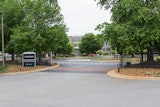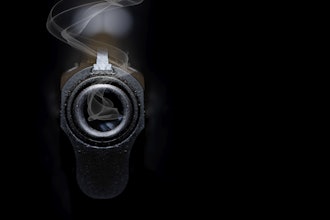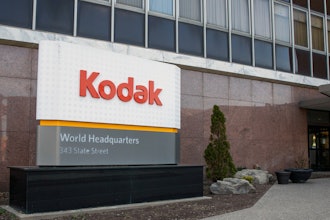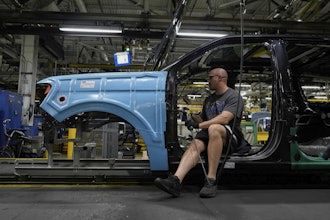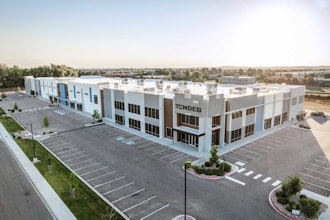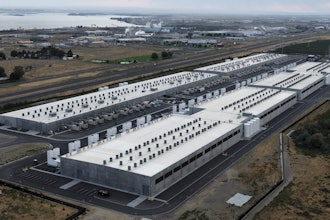Supply chains are characterized by reciprocal interdependence: each node depends on adjoining nodes to perform its role. Whether this is about the flow of goods and information between organizations or within organizations, the key danger is desynchronization: the risk that one process will not run smoothly into the next, that there will be a break down or excessive waiting time causing increased costs, unmet deadlines and possibly, customer penalties. That’s why the design of an assembly line is so important and, consequently, is the focus of considerable managerial attention in order to find the optimal solution in any given situation. Even a marginal improvement in the efficiency of an assembly line can lead to considerable savings over the full lifespan of a site.
Part of an assembly line process is often carried out manually: this is referred to as an “unpaced” line, where the operator works at his own speed. This offers the firm flexibility for complex or detailed finishing or customization. The role of the operator on the unpaced line is vital to its smooth flow and the organization of his work environment is essential. Work in process (WIP) items are stored close to the operator in zones known as “buffers” and the quantity, location and design of these zones can make the difference in the throughput rate of WIP.
An operator can either “block” the next workstation by not producing the work piece on time or he can be “starved” by not receiving a work piece from the previous workstation on time. The function of the buffer zone is to help avoid production stoppages by ensuring that the operator has enough work pieces available (but not too many) and that he produces pieces at the right pace for the next workstation (but not too fast). The problem from the perspective of the whole assembly line is one of variability: operators will work at different rates, some processes take longer than others, buffer zones will need to have different capacities and be strategically located, transfer times between workstations will vary and so on.
At first glance it might appear that the solution is to aim for “balanced” lines where tasks are completed at workstations and pieces are then moved on to buffer zones, which are evenly distributed across the whole assembly line. In reality this is not always possible due to the physical layout of the site. We decided to examine whether a balanced allocation of buffer zones throughout the line really is the optimal solution. Given the importance of this question of organizing a series of activities and processes in an assembly line, we carried out a study into manual unpaced merging production lines: that is to say, a parallel series of connected stations in which workers complete a manual task, and the last station of each line is connected by a merge station. Figure 1 below provides a representative example of the lines we looked at.
The professional version of the Windows-based simulation program “ProModel” was used to do a comparative analysis of the performance of both balanced and unbalanced (in terms of buffers) production lines. Five different types of buffer allocation (or buffer policies) were employed in the study:
- An ascending order (/) in which more buffers were allocated towards the end of a line.
- An inverted bowl shape (Λ) pattern that resulted in most of the available storage capacity being placed in the middle of the line.
- A descending order (\) which concentrated a majority of the buffers towards the front of the line
- A “zigzag” pattern of alternating of high and low buffers as you move towards the end of the line.
- A general pattern in which no particular part of the line is favoured.
Every possible combined permutation of buffer imbalance was explored over literally hundreds of thousands of hours of simulated line operation in order to see which patterns performed best, with some surprising results.
In terms of throughput or output rate, as one might imagine, it was generally found that balanced buffers provided the best overall performance. However, it was also discovered that there were occasions in which an unbalanced allocation of buffers provided performance that was not statistically inferior to that of a balanced line (namely a balanced allocation of buffers in one line and then a general or zigzag allocation in the other).
Looking at the average buffer levels of the line (a proxy measurement for WIP) the results were more robust. Here it was observed that significantly superior performance could be achieved through the deliberate unbalancing of buffers. For example, an ascending (/) + ascending (/) allocation of buffers resulted in an over 46 percent reduction in average buffer levels, a huge savings.
Our results suggest that always aiming to balance assembly lines may not be the best policy. An alternative option is to work with what you’ve got: in other words, lines will usually be unbalanced and it can be advantageous to strategically position and design buffer zones in such a way that variations in workstation throughput rates are taken into account, rather than to try and work against them.
Dr. Tony Cragg is an Assistant Professor at the Ecole Supérieure de Logistique Industrielle, Redon, France, where he teaches supply chain management. His research interests include supply chain governance and sustainability.
Dr. Tom McNamara is an Assistant Professor at the Rennes School of Business, France, and a former Visiting Lecturer at the French National Military Academy at Saint-Cyr Coëtquidan, France. Before joining academia he worked at a Fortune 500 energy company.
Dr. Sabry Shaaban is a full professor in the Department of Economics, Strategy and Organisation at ESC La Rochelle (La Rochelle, France), where he teaches courses in operations management, production and inventory management and business statistics. His research interests include studying the performance of a wide variety of production lines.
